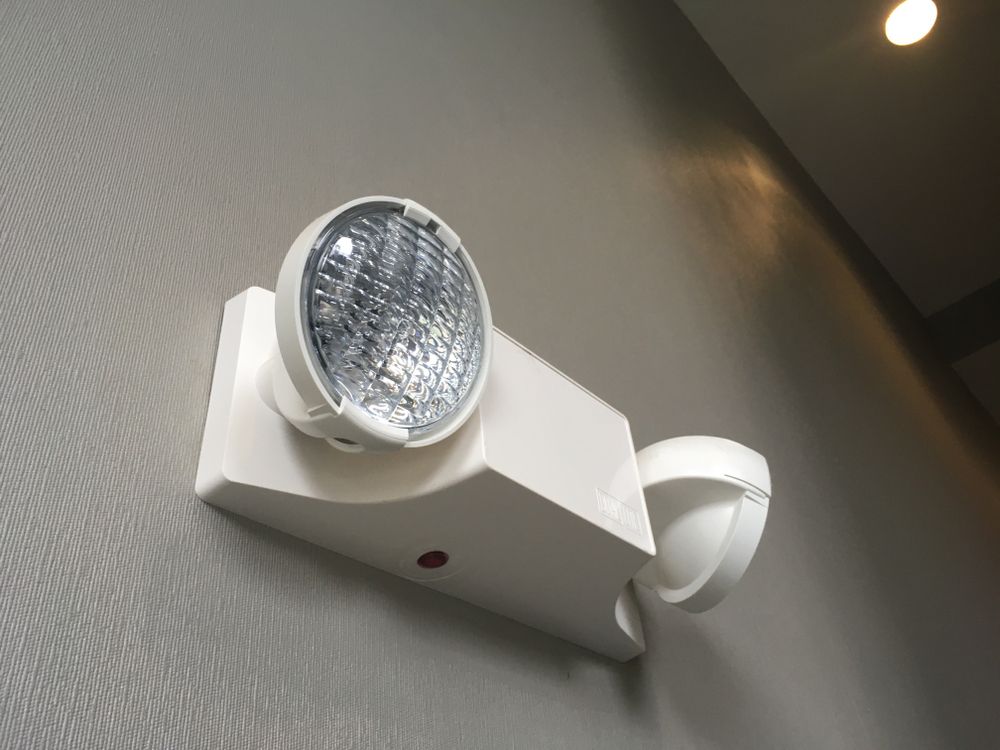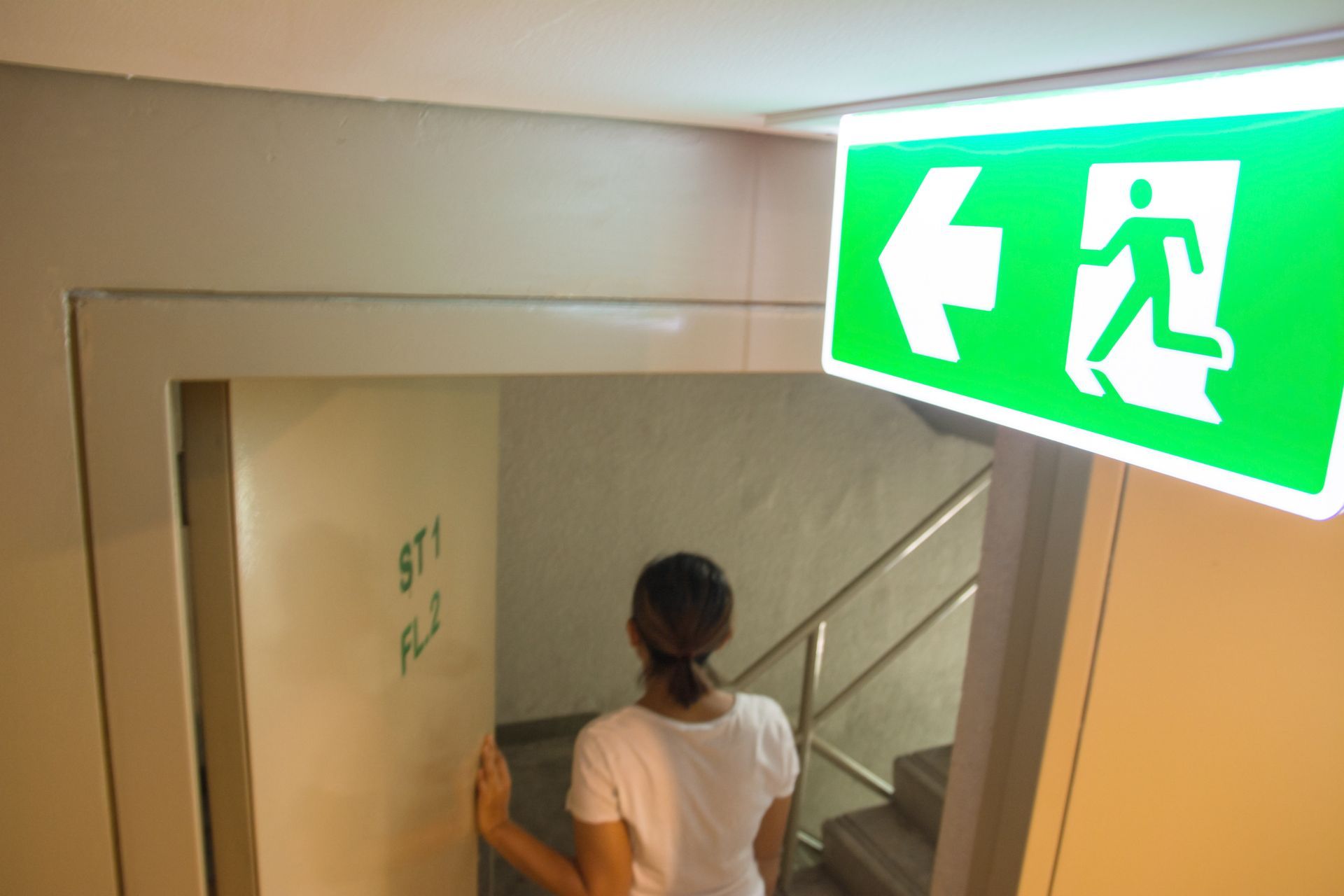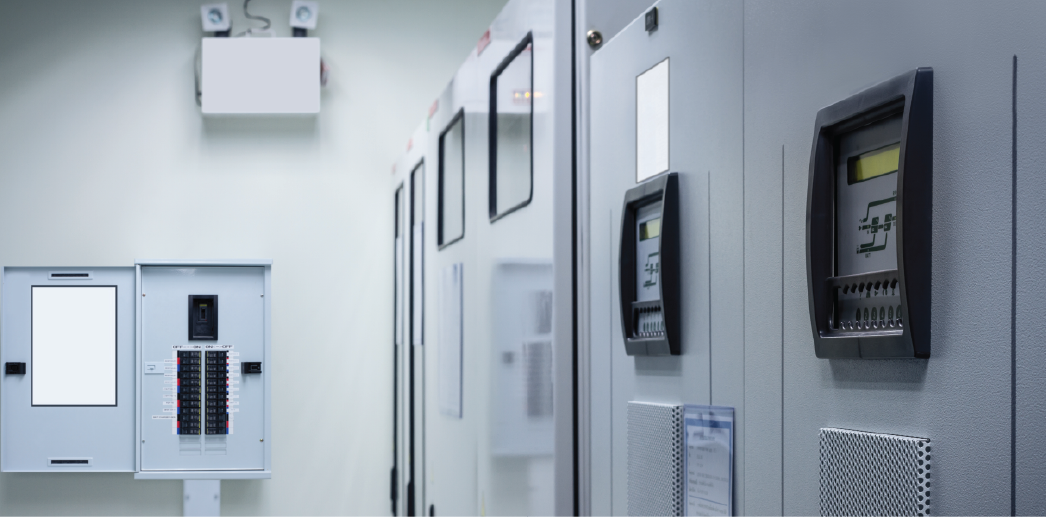When is Emergency Lighting Required?
Share this article:
Whether you are building a new facility or found the time to update your current building, did you consider the lighting systems that will guide patrons towards a safe exit in the event of a power outage? Have you wondered when emergency lighting is required? In the content below, we define emergency lighting inverters and explore when and where you must have emergency lighting systems in place.
What is an Emergency Lighting Inverter?
Before exploring when and where an emergency lighting inverter is required, it is paramount to understand the basics of a traditional lighting inverter.
An emergency lighting inverter translates DC battery power into standard AC voltages to provide back-up for lighting systems in the event of an emergency. Additionally, some inverters are designed to generate a continual, filtered power, coined an Uninterruptible Power Supply.
Created for many applications, the purpose of emergency lighting inverters extends beyond emergency lighting. For example, fire alarms systems, exit lighting, lighting control systems, and other safety equipment are often supported by emergency lighting inverters. In general, emergency lighting inverter systems are vital for generating and maintaining light and power during electric outages.
When is Emergency Lighting Required?
Now that we explored the purpose of emergency lighting inverters, we can discuss when emergency lighting is required. Simply put, emergency lighting is always required in all facilities to properly prepare for power outages and emergencies.
Again, the intent of implementing emergency lighting is to help illuminate building areas, walkways (egress paths), exits, and supply power to necessary utilities during emergencies and power outages. For example, the normal electrical supply could be interrupted by a fire, electrical failure, or utility outage within the building, causing a power outage. Emergency lighting will facilitate the evacuation of your facility in a safe, efficient manner.
Where is Emergency Lighting Required?
According to The National Fire Protection Association (NFPA):
NFPA 101 ®, Life Safety Code®, requires emergency lighting to be provided in designated stairs, aisles, corridors, and passageways leading to an exit in occupancies such as, but not limited to, assembly, educational, hotels, mercantile, and business. The emergency lighting is designed to automatically illuminate for at least 90 minutes upon the loss of power, the opening of a circuit breaker, or a manual act such as the opening of a switch to the normal lighting so the occupants can egress the building safely.
Additionally, NFPA 101 also requires that egress signage be provided in most occupancies, such as assembly, educational, hotels, mercantile, and business. The egress signage must be visibly marked and located at exits other than main exterior doors that are not otherwise identified as obvious exits. These markings must always be visible from any direction within 100 feet of the exit access and are required to be internally or externally illuminated.
Furthermore, the exit markings’ illumination must be confirmed via a visual inspection every 30 days or less. However, for spaces not used for egress, the International Building Code (IBC) specifically requires emergency lighting in electrical rooms, fire command centers, fire pump rooms, and generator rooms.
NFPA 99 requires implementing battery-powered emergency lighting in any location where deep sedation or general anesthesia is used. This is to provide sufficient lighting levels to terminate any procedures in the room for at least 30 minutes (NFPA 99 6.3.2.2.11). Doing so helps ensure that a surgeon wielding a scalpel will not have to terminate an operation in complete darkness should power fail during a procedure.
How Many Emergency Lights Do You Need?
According to the
2018 NFPA 101, Section 7.9.2 :
- Emergency lighting systems must be arranged to provide an initial illumination of no less than an average of 1 foot-candle (or one lumen per square foot) along the path of egress, as measured at floor level.
- After the emergency system has been on for 90 minutes, the light may decline to an average of 0.6 foot-candle along the path of egress, but at no point should it become less than 0.1 foot-candle.
- Emergency lighting must be supplied for all exits and paths of egress to those exits.
Essentially, along paths of egress and exits, every square foot of floor must be lit by an average of approximately one lumen (i.e. – one foot-candle). Therefore, you may need many emergency lights, depending on the size and layout of your facility.
Prepare for Any Emergency with Lighting Inverter Supply
We understand that finding the right lighting inverter system for your application may feel cumbersome. As part of the Facility Gateway Corporation, our team at Lighting Inverter Supply pride ourselves on quality customer service and overall industry experience in the mission critical data center market. Our team members are available to assist you throughout the system selection process, reviewing the specifications and concerns you address.
Our lighting inverter products and services put proper measures in place so every site receives the level of attention required for optimal operation and maintenance of certification standards. We execute decisive solutions with accurate information.
If you have any questions or would like to receive additional information about our products and services, our team is available for a technical review of specifications, sizing assistance, voltage selection, and runtime calculations. Contact us today to explore your emergency lighting solutions! Call 844-501-1887.
Connect with Us:
Request a Quote From a Product Specialist
Experienced Product Representatives are on hand to send you information and quotations for equipment. If you need help with sizing, installation planning, or general questions about product please fill in the appropriate form and someone will contact you shortly. You may also call 844-501-1887 to get a direct product representative.



